| Foreign exchange |
|---|
| Exchange rates |
| Markets |
| Assets |
| Historical agreements |
| See also |
A managed float regime, also known as a dirty float, is a type of exchange rate regime where a currency's value is allowed to fluctuate in response to foreign-exchange market mechanisms (i.e., supply and demand), but the central bank or monetary authority of the country intervenes occasionally to stabilize or steer the currency's value in a particular direction. This is in contrast to a pure float where the value is entirely determined by market forces, and a fixed exchange rate where the value is pegged to another currency or a basket of currencies.
Under a managed float regime, the central bank might buy or sell its own currency in the foreign exchange market to counteract short-term fluctuations, to prevent excessive depreciation or appreciation, or to achieve certain economic goals such as controlling inflation or boosting exports.
In an increasingly integrated world economy, the currency rates impact any given country's economy through the trade balance. In this aspect, almost all currencies are managed since central banks or governments intervene to influence the value of their currencies. According to the International Monetary Fund, as of 2014, 82 countries and regions used a managed float, or 43% of all countries, constituting a plurality amongst exchange rate regime types.[1]
International financial organizations, like the IMF, categorize countries' exchange rate regimes based on specific criteria, but these classifications aren't necessarily objective and may not fully capture the nuances of a country's exchange rate policies. For example, a country may normally have a floating exchange rate regime but intervene in times of extreme volatility, a country may formally claim to be following one exchange rate regime (de jure) while having another in practice (de facto).
United States for instance, claims to follow a floating exchange rate regime and does not typically engage in direct intervention to set exchange rates. However, its economic policies, the role of the U.S. Dollar as a global reserve currency, and the sheer size of the US economy give it a significant indirect influence on global exchange rates and financial markets.
For more detail on each countries' exchange rate regime it is recommended to read IMF's Annual Report on Exchange Arrangements and Exchange Restrictions.
List of countries with managed floating currencies
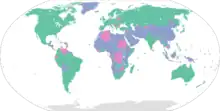
- Source IMF as of April 31, 2008
 Afghanistan
Afghanistan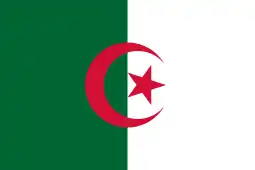 Algeria
Algeria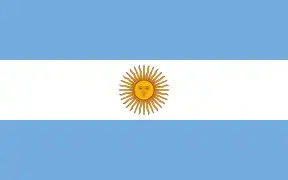 Argentina
Argentina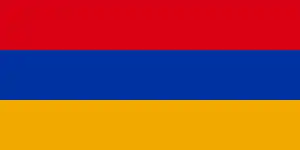 Armenia
Armenia Burundi
Burundi Cambodia
Cambodia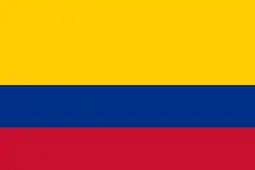 Colombia
Colombia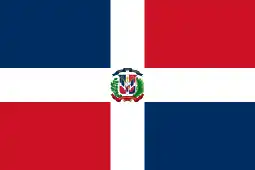 Dominican Republic
Dominican Republic Egypt
Egypt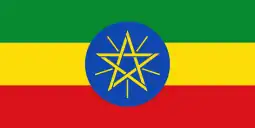 Ethiopia
Ethiopia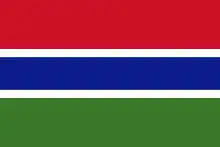 Gambia
Gambia Georgia
Georgia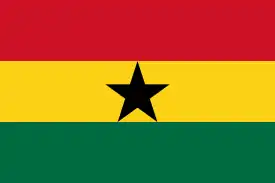 Ghana
Ghana Guatemala
Guatemala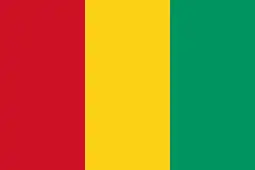 Guinea
Guinea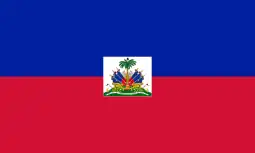 Haiti
Haiti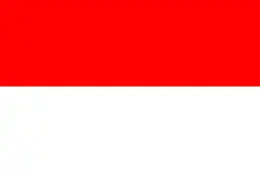 Indonesia
Indonesia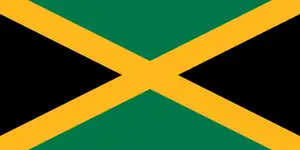 Jamaica
Jamaica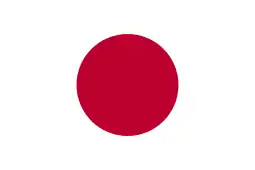 Japan[2]
Japan[2]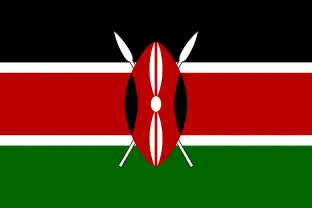 Kenya
Kenya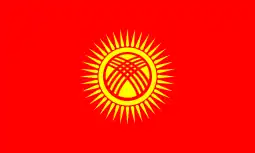 Kyrgyzstan
Kyrgyzstan Laos
Laos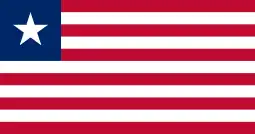 Liberia
Liberia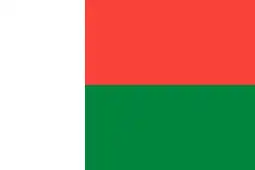 Madagascar
Madagascar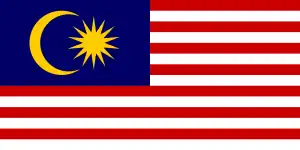 Malaysia
Malaysia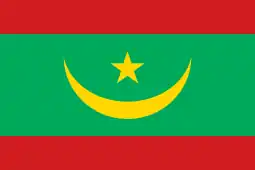 Mauritania
Mauritania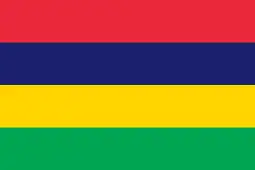 Mauritius
Mauritius Moldova
Moldova Morocco
Morocco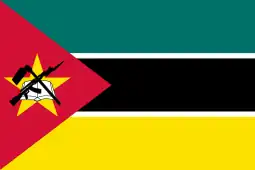 Mozambique
Mozambique Myanmar
Myanmar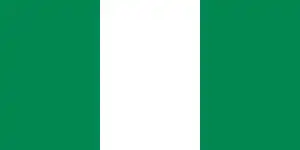 Nigeria
Nigeria Pakistan
Pakistan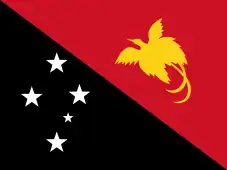 Papua New Guinea
Papua New Guinea Paraguay
Paraguay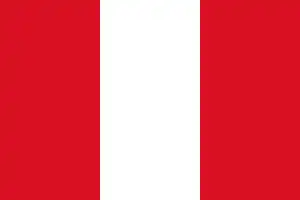 Peru
Peru Romania
Romania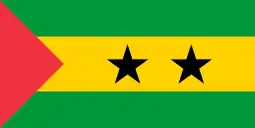 São Tomé and Príncipe
São Tomé and Príncipe Serbia
Serbia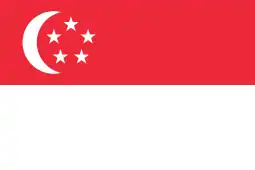 Singapore
Singapore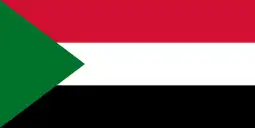 Sudan
Sudan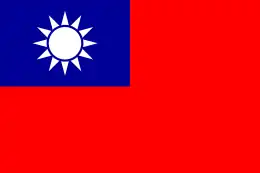 Taiwan
Taiwan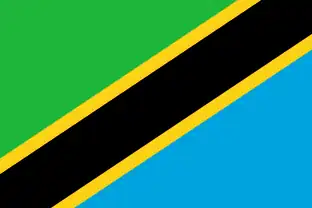 Tanzania
Tanzania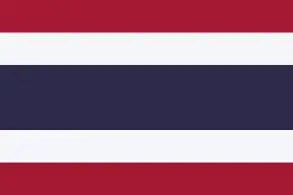 Thailand
Thailand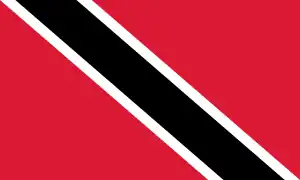 Trinidad and Tobago[3]
Trinidad and Tobago[3]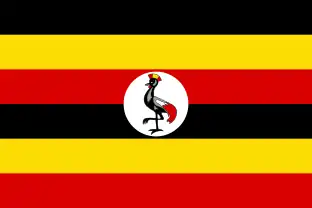 Uganda
Uganda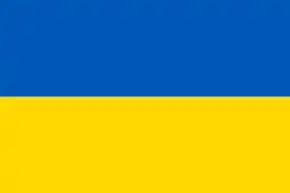 Ukraine
Ukraine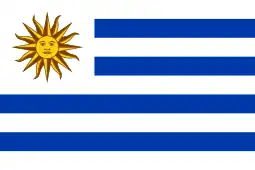 Uruguay
Uruguay Vanuatu
Vanuatu
See also
- December Mistake
- Black Wednesday
- Fixed exchange rate
- Floating exchange rate or Floating currency
References
- ↑ "IMF finds more countries adopting managed floating exchange rate system". Nikkei Asian Review. Nikkei. August 19, 2014. Retrieved 5 March 2015.
- ↑ Japanese yen
- ↑ "Floating of the TT dollar: 20 years later". Trinidad Express Newspaper. April 2, 2013. Archived from the original on April 5, 2013.